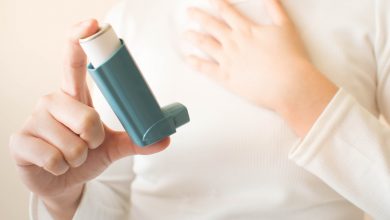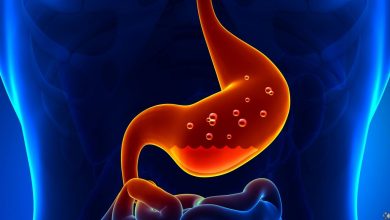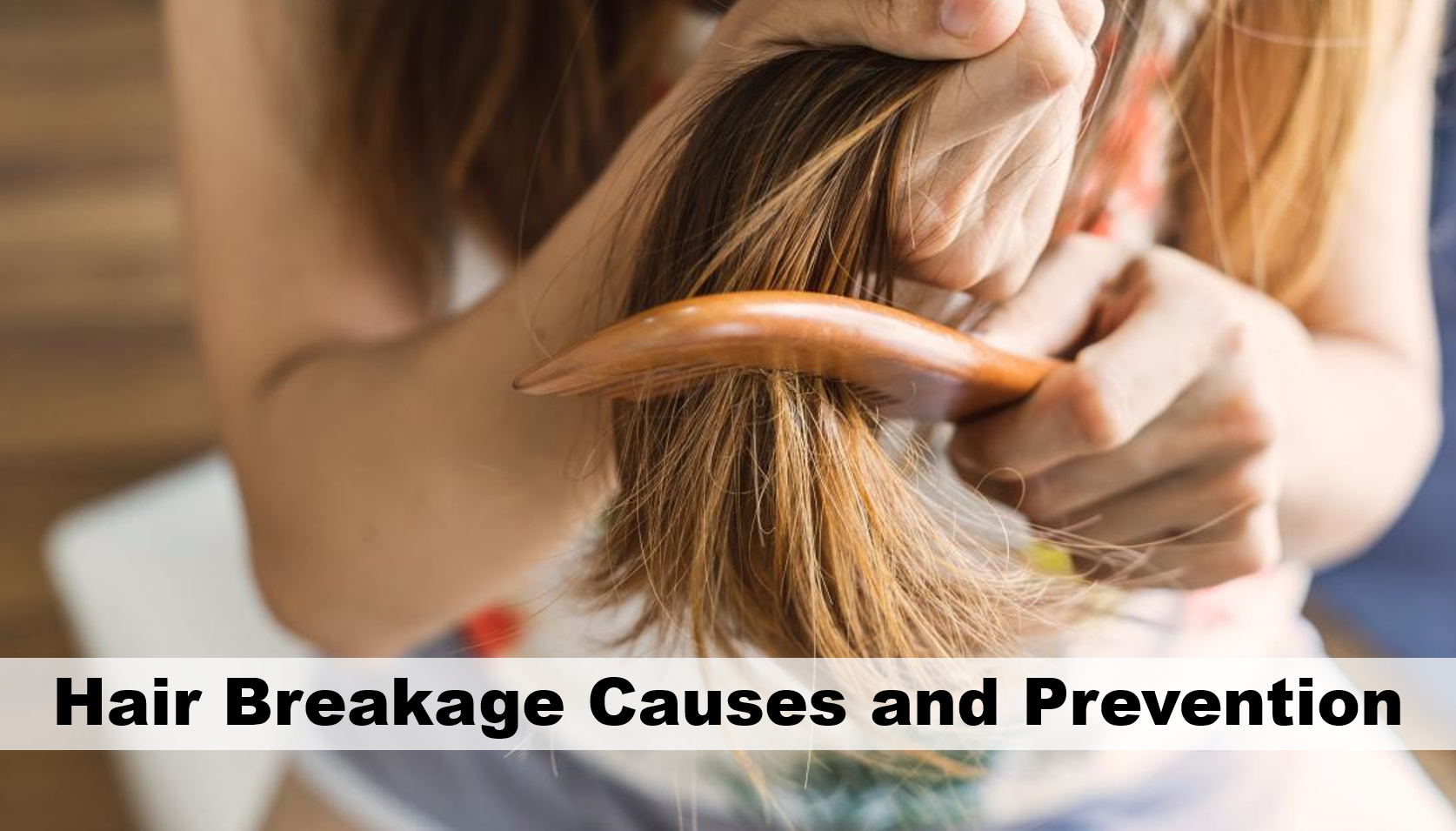Ankylosing Spondylitis Frequency and Risk Factors

Ankylosing Spondylitis Frequency and Risk Factors
Ankylosing Spondylitis (AS) is a painful, chronic, progressive, rheumatic disease of unknown etiology, particularly affecting the spine.
Frequency and Risk Factors
Although it is known that AS can start between the ages of 8-45, it usually occurs more frequently between the ages of 15-30. Genetic predisposition is the most important factor in the development of ankylosing spondylitis. Recently, it has been revealed that stomach, intestinal, genital and urinary tract infections have an importance in the development of the disease. It is seen 3 times more in men than in women.
Symptoms
The main symptom of AS is pain and stiffness in the lower back. Pain in AS decreases or even disappears with movement and increases with sitting for a long time and resting. Patients have more pain in the morning and spine movements are limited. Pain and restriction decrease later in the day.
There may also be hip and heel pain in AS. Spine deformities (disorders) and hunchback may occur in later stages. In addition to the spine, AS often involves the sacroiliac joint (the joint of the spine with the pelvis) and less frequently large joints such as the hip and shoulder. Organs such as eyes, intestines and skin may be affected by the disease. The expansion of the rib cage decreases too much, so there may be respiratory problems.

Diagnosis
The diagnosis of ankylosing spondylitis is made by the combination of the patient’s history and clinical findings, as well as radiographic findings. Laboratory tests are also helpful for diagnosis.
The target group that should be questioned for early diagnosis of AS is the group of patients who started low back pain in their 20s and had low back pain for more than three months. The diagnosis process can be shortened by appropriately referring patients with back stiffness and pain in the mornings, where this pain decreases with movement and increases with rest, and the stiffness may disappear during the day.
Treatment
Non-steroidal anti-inflammatory drugs, disease modifying drugs (salazopyrin) and biological drugs (anti-tumor necrosis factor) can be used in patients with ankylosing spondylitis, depending on the severity of the involvement. Regular exercises must be done.
Although the development of the disease in AS varies from person to person, those who do heavy physical work, those who carry heavy burden should regulate their working style even if their disease is mild, if their work requires leaning forward and lifting heavy, they should change their jobs.





